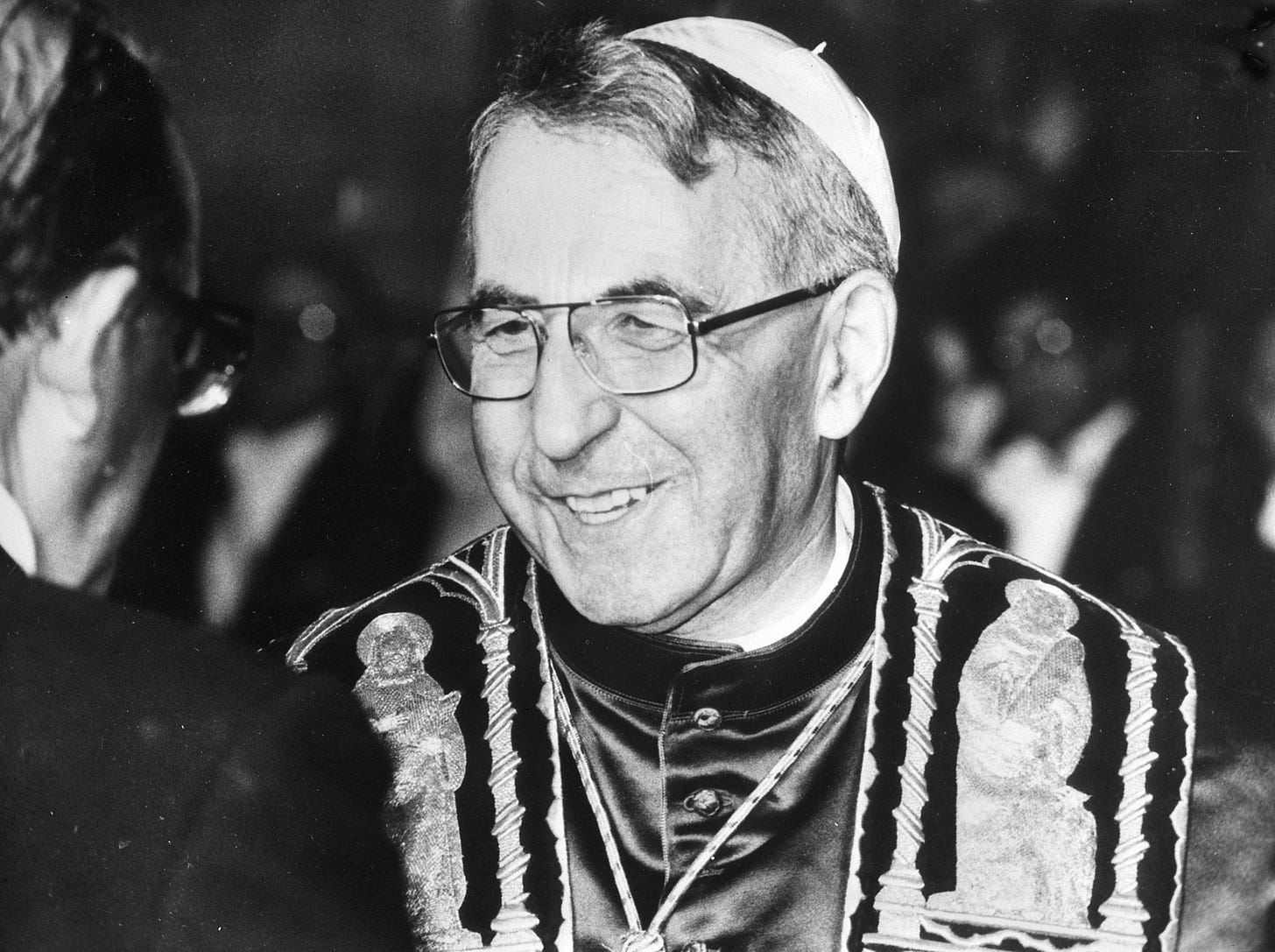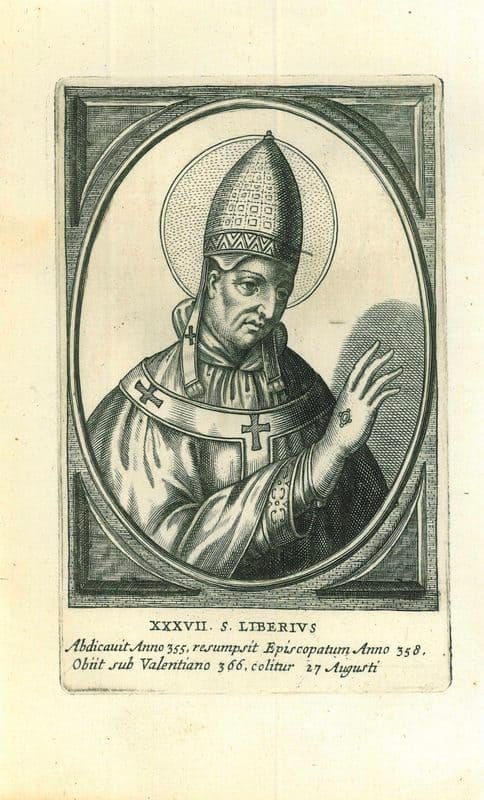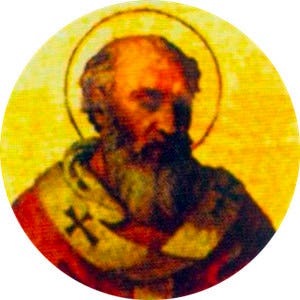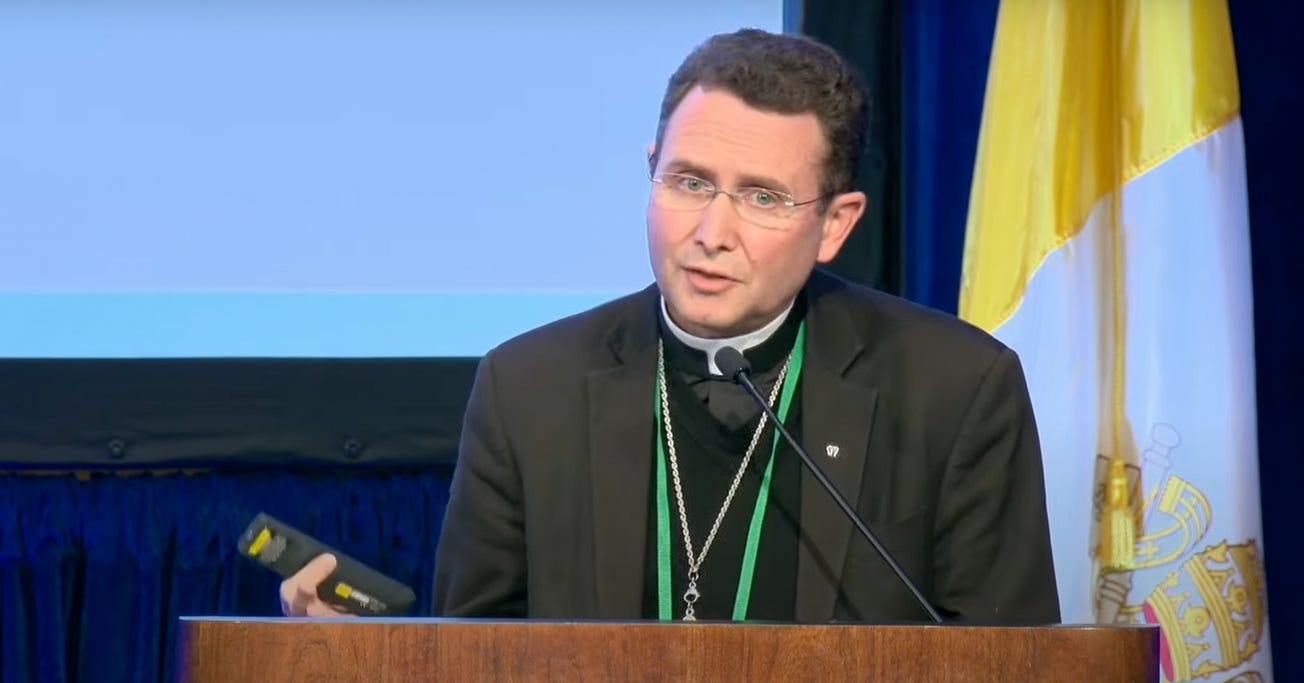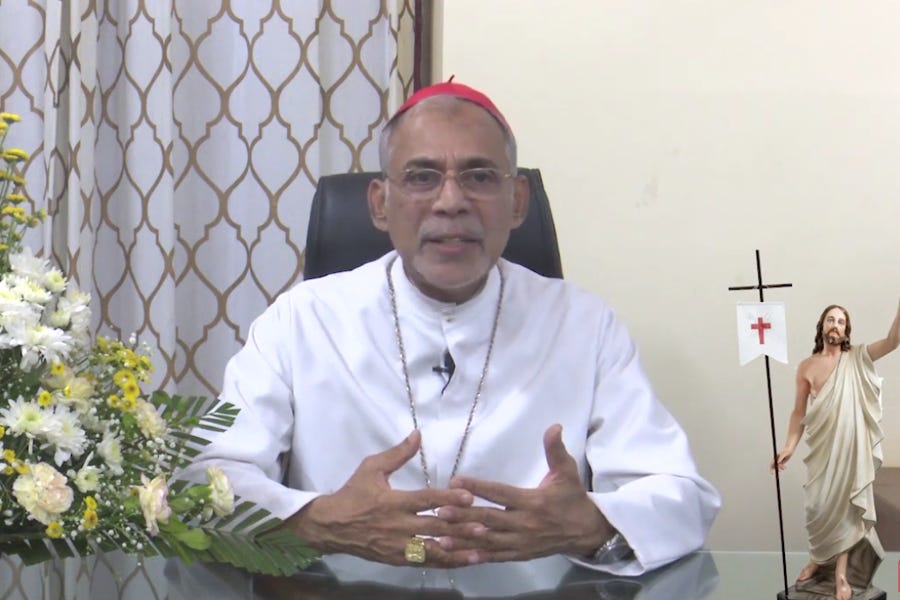Pope Francis on Sunday presided over the beatification of Pope John Paul I, the former Patriarch of Venice, who in 1978 first charmed and then shocked the world, when his reign as “the smiling pope” proved to be the shortest in history — just 33 days long.
If he is eventually canonized, Blessed John Paul I would join St. John XXIII, St. Paul VI, and St. John Paul II to form a string of four consecutive sainted popes. Four saint popes - or even three saint popes and a blessed - is unusual in modern Catholic history.
But in the 2000 years of Catholic history, is it really that odd to see a streak of four consecutive popes recognized for holiness? When did the Church last see four saints in a row occupy the See of Peter?
The Pillar has the numbers.
📰
Holy beginnings
Eighty-one popes are saints, and an additional 10 have been beatified. Of those 81 saints, 49 began their pontificates within the first 500 years of the Church’s history.
Pope Saint Symmachus was the 49th. He became pope in 498 A.D., although, if you’re a stickler, you’ll note that his pontificate lasted until 514.
Indeed, during those first 500 years, only two men who served as pope have not been recognized as saints.
Pope Liberius, who was pope from 352 to 366, is not considered a saint in the Latin Church, although Eastern Orthodox churches do regard him as one.
Liberius’ pontificate was troubled by the Arian heresy, and the pontiff was imprisoned for a time by Emperor Constantius II, who was sympathetic to the Arians. Nonetheless, it is perhaps because he was considered to have been too accommodating towards the Arians that he is not considered a saint in the West.
Before Liberius, a record 35 consecutive popes had been recognized as saints, going all the way back to St. Peter himself. (Our papal timeline shows one earlier gap between papal saints because there was a four year gap from the death of St. Marcellinus in 304 to the election of St. Marcellus I in 308.)
After Liberius broke the streak, there was another big run of holy popes: 13 consecutive pontiffs were recognized as saints, lasting until the two-year pontificate of the 50th pope, Anastasius II.
Pope Anastasius II, pontiff from 496-498, made serious efforts to end the Acacian Schism, which had resulted in previous popes excommunicating Patriarch Acacius of Constantinople. But his critics thought the pope was far too conciliatory to the schismatic bishops with whom he tried to engage.
In fact, Anastasius’ efforts were seen by many of his Roman clergy as a betrayal of doctrine, and a rift unfolded. The split worsened after Anastasius died, leading to the election of two rival claimants of the papacy: Pope St. Symmachus and his rival antipope Laurentius.
His papacy wasn't easy, but Pope St. Symmachus started another streak.
In fact, the Symmachus papacy marked the start of the Church’s most recent string of four consecutive papal saints and blesseds — until the 20th century John XXIII to JPII run, of course.
Symmachus was followed in the See of Peter by St. Hormisdas, St. John I, and St. Felix IV, who died in 530.
500-1000
The second 500 years of the Church’s history contain a number of papal saints and blesseds, but since 530, there have never been more than three in a row.
During 191 of the second 500 years in Church history, the Church was led by a pope who has since been declared a saint; 24 of the 87 popes who reigned during those 500 years are now saints.
Celestine-5 Alive!
Until recently, the second millennium of Christianity was significantly less saintly in terms of papal leadership than was the first.
In fact, only three popes from 1000 to 1500 became saints, with their pontificates covering 17 out of 500 years. An additional seven popes from those years have been beatified but not canonized, and several of those beatifications were celebrated long after the death of the pope.
Pope St. Leo IX put into motion over the 1054 excommunications that cemented the Great Schism. He died soon after, and was canonized some 30 years later.
Pope St. Gregory VII, whose pontificate stretched from 1073 to 1085, was beatified in 1584, which was 499 years after his death. He was canonized another 144 years later in 1728.
St. Gregory’s two immediate successors, Pope Victor III and Pope Urban II, were beatified by Pope Leo XIII in the late 1800s, some 800 years after their deaths.
Pope Eugene III, the first Cistercian to become pope, whose pontificate ran from 1145 to 1153, was beatified in 1872 by Pope Pius IX.
The other four beatified popes from the 13th and 14th centuries were also beatified more than 400 years after their deaths.
Pope St. Celestine V has been a frequently mentioned pontiff in recent years; before Benedict XVI, he was the most recent pope to tender a resignation.
Celestine's five-month pontificate during 1294 ended when he resigned the office so that he could return to the life of a hermit.
While not a very effective pope, Celestine was widely acknowledged as a holy man, and he was canonized in 1313, a mere 17 years after his death.
A point of interest about the canonized Celestine: He is among those whom Dante portrayed as being in hell, “Inferno” described him as a soul “who due to cowardice made the great refusal.”
The modern era of papal holiness
The modern era has seen the longest gaps between canonized popes.
From the resignation of St. Celestine V in 1294 to the election of St. Pius V in 1566, 272 years passed without the papal throne being occupied by a man who went on to be canonized.
An even longer gap of 331 years stretched from the death of St. Pius V in 1572 to the election of St. Pius X in 1902.
In that sense, although the total number of canonized popes in the last 500 years is not exceptional, the fact that three of the four most recently deceased popes are saints, while the fourth is beatified, is highly unusual.
There are certainly common characteristics between recent popes and the earlier canonized popes of the modern era.
Pope Pius V was well known for his devotion to right doctrine and his personal austerity and devotions. He was an active participant in the Council of Trent, and his papacy was defined by implementing its reforms.
Pope Pius X was also known for his personal devotion, particularly to the Virgin Mary and to the Eucharist. He worked hard to clarify and proclaim the Church’s doctrines against the errors of the day.
John XXIII, Paul VI, and John Paul II in many ways follow a similar pattern: known for personal devotion, joy in the faith, guiding the Church through turbulent times and for their work in relation to the implementation of a Church council.
John Paul I seems in some ways to point to a different model: famous for his personal joy in the faith, and for a warm demeanor more than for his writings.
The prospect that the Church might soon have four consecutive popes who are saints for the first time in 1500 years suggests a shift — both in who leads the Church but also in how the Church thinks about itself, and assesses its leaders.
Some might see a certain symmetry in the fact that the last streak of four sainted popes came at a time when the Church was struggling to define Christian belief and practice the faith amid divisive politics, schism, and a decadent pagan culture.
Others might see an excessive institutional emphasis, a politicization of canonization.
But however it’s interpreted, a four-saint streak doesn’t happen at the Vatican very often. And with Pius XII already a “venerable,” and Benedict XVI beloved by millions, it’s not inconceivable that the modern-papal-saint-streak might someday get to five.
Ed. note: This report previously referred incorrectly to Pope Paul V, rather than Pope St. Pius V, in one paragraph. The error has been corrected.

